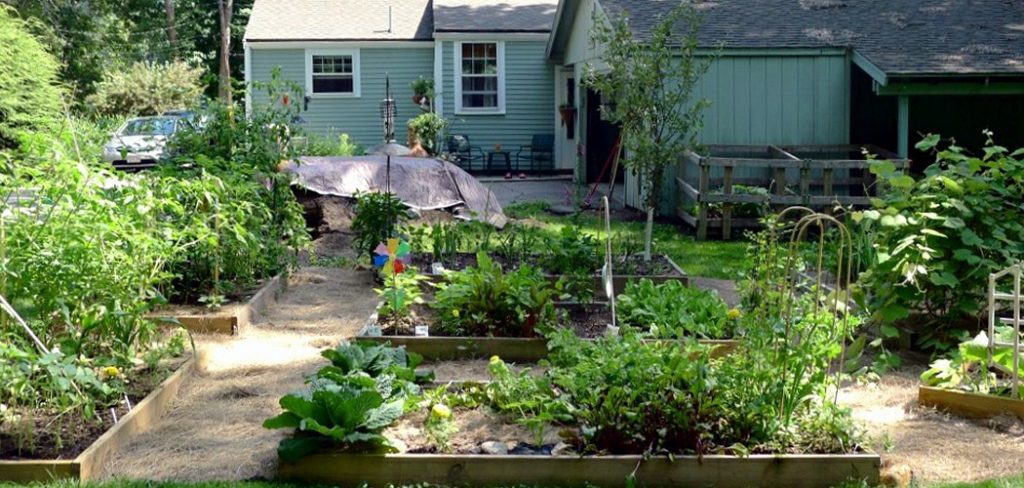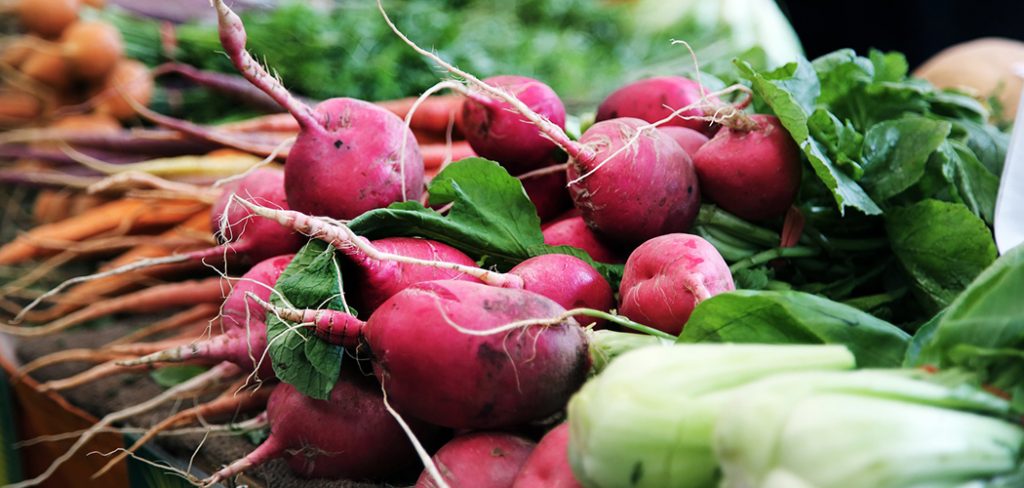When are passion fruits ripe? You have probably asked yourself this question if you live nearby a passion fruit farm. Or are aspiring to start growing these tantalizing fruits we simply can’t get enough of. Fascinatingly, harvesting of passion fruits from the vine is unheard of, and when you start noticing these fruits falling off the plant. That is the sign you have been waiting for.
Depending on where they are grown, passion fruits ripen at various periods of the year. This probably the reason why it is hard to predict the exact moment and time when the fruits ripen. This, in turn, makes harvesting them rather tricky; still, harvesting passion fruits are enjoyable, and the best part comes in testing the taste. Stick around to find out just when is the right time to harvest your fruits. As well as how you can tell when they are ripe. Let’s begin.
When is the Right Time for Picking Passion Fruits?
Being a sub-tropical to tropical plant, the passion fruit vine does not do well in freezing temperatures. There species forms category are based on the color of the fruits, which are yellow and purple. There are other minor variations despite the apparent difference in color. The purple-colored fruiting vine has a robust, protected strain capable of enduring the climate in temperate areas.
In regions that have a colder climate. The ripening of fruits will occur earlier than in areas with long, warm seasons. Determining the right harvesting time for passion fruits relies on flavor fondness and the experience; this is where the trick lies.
Native to Brazil, the purple passion fruit does well in sub-tropical and tropical areas. The purple fruiting vine has a higher resilience towards cold conditions, and they take longer when ripening than the yellow fruiting vine. When the vines are about two-and-a-half years old, fruits begin appearing, with vines in warmer regions being the first to develop fruits.
So when are passion fruits ripe? Blooming of the yellow species begins in April up to November, and for the purple species, zit blooms in March to the end of April. After pollination, it will take about 70 to 80 days for the fruits to ripen. What this simply means is that you can start harvesting your purple passion fruits towards the end of the summer and winter for the yellow passion fruits.
Keep in mind that watering is essential for passion fruit vines. And before the time reaches for picking passion fruits, they need a lot of water, especially younger vines and when the grapes are flowering as well as fruiting. Therefore in a week, you can water your passion vines a few times, depending on the climate plus the weather conditions, of course.
Harvesting Passion Fruits: the Signs to lookout For.
When you start noticing your fruits are getting plump, they are fully colored and have a smaller look, then this is a clear indication that the harvesting time has arrived. For the yellow passion fruits, they will have a golden hue and the purple ones, they will have a deep purple color that is almost black.
Overly ripe fruits can be identified as they stand out from the rest by having slight wrinkles on their skin. These are the passions that have sweet taste than the grains that have the smoothest skin.
The ripe fruits will naturally fall off the vines; therefore, you need to ensure that the area underneath the plant is clear for harvesting passion fruits. Picking fruits from the tree is also allowed for those that have changed color and are ripe enough, just give the attached fruits a simple twist from the vine. Ripening of green passion fruits won’t fully happen; however, ripe fruits develop a rich sweet flavor when left uneaten for a few days.
Tips on Passion Fruits
After you have finished picking your fruits, storage can be done in the refrigerator for about a week or more if you prefer. Remember, you need to place your passion fruits in crates or boxes to allow maximum air circulation. Also, keep in mind that the use of bags can make your passion fruits to mold.
Before storing your fruits, you should wash and dry them and place them in the refrigerator in the crisper, or you can use mesh bags instead. An important fact you should know is that commercial growers often coat the passion fruits in paraffin. This is done to allow easier shipping or transportation as well as keeping the fruit fresh for a month.
If you prefer overly ripe passion fruits, leaving them for a couple of days in an open area such as the kitchen counter. You will experience a more balanced, deep, and sweet taste. Passion fruits should be used when they are fresh, or they can be cooked, wither way they make a great addition to desserts. The rich flavor possessed by passion fruits is applicable in cocktails, ice creams, and juices. These tips on passion fruits will help in preserving your fruits for a pleasant taste.
Conclusion
This article has answered the question of when passion fruits are ripe. Passion fruit vine does not do well in freezing temperatures as they are subtropical to tropical plants. In regions that have a colder climate, the ripening of fruits will occur earlier than in areas with long, warm seasons. Blooming of the yellow species begins in April up to November, and for the purple species, zit blooms in March to the end of April, keeping in mind that watering is essential for passion fruit vines.
When you start noticing your fruits are getting plump, they are fully colored and have a smaller look, then this is a clear indication that the harvesting time has arrived. Overly ripe fruits can be identified as they stand out from the rest by having slight wrinkles on their skin. The ripe fruits will naturally fall off the vines; therefore, you need to ensure that the area underneath the plant is clear for a more accessible collection of your fruits. Now you can quickly identify when your passion fruits are ripe and ready for harvest. Good luck!
Check my other post on growing Cranberries and Almonds.

